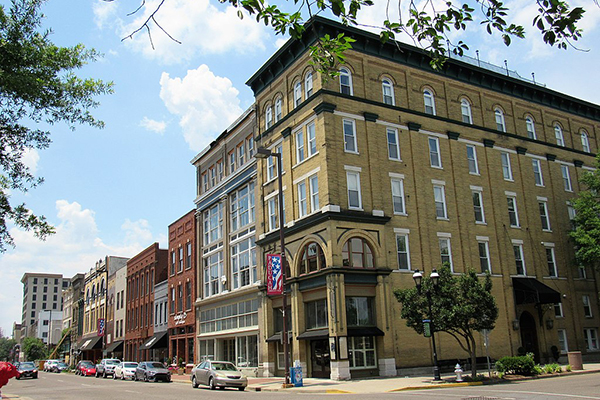
West Kentucky Workforce Board/Purchase Area Development District – Purchase Future Economic Strategy
Challenge
Bordered by rivers on three sides and the Tennessee state line on the fourth, the Purchase Region of Western Kentucky stands apart. Historically, the region’s fortunes were closely tied to the flow of goods along the inland waterways. In 2010, roughly two-thirds of the US population was within a day’s drive of the Purchase Region, presenting tremendous opportunity. However, the region was only accessible via one interstate highway (I-24). The area was also hard hit by the downturn of 2008. The eight-county region lost more than 4,000 manufacturing jobs from 2000 to 2010 and was faced with an aging workforce in need of reskilling. These challenges mobilized local leaders to seek strategies for identifying and leveraging the region’s assets.
Response
To better position the region for the future, the West Kentucky Workforce Investment Board (WKWIB) and the Purchase Area Development District (Purchase ADD) commissioned the Purchase Future Project. Funded with support from the US Department of Labor, the WKWIB and the Purchase ADD engaged TIP Strategies to identify sectors of the region’s economy with the most promise for economic growth and to prepare an action plan for economic recovery. TIP created an asset map of critical economic assets, gathered stakeholder input from business and community leadership in each of the eight counties, and completed an occupational-focused analysis of regional industry clusters. Released in 2010, the plan provided regional leadership with the tools needed to maximize its opportunities. Priority strategies included: retaining, developing, and attracting talent by leveraging unique assets such as Murray State University and the Emerging Technology Center at West Kentucky Community & Technical College; strengthening the region’s economic business retention and expansion efforts in advanced manufacturing, distribution & warehousing, transportation equipment, agriculture, and energy; tapping into the region’s history of entrepreneurship; continuing support for regional infrastructure projects; and promoting a regional tourism strategy by linking existing destinations.